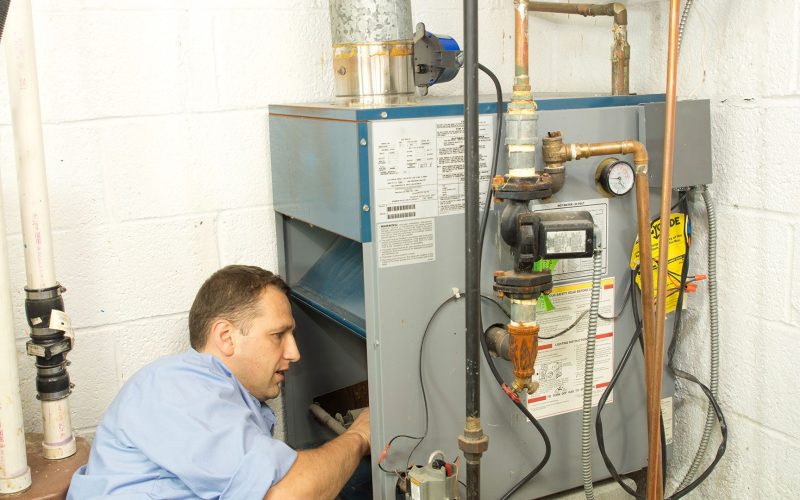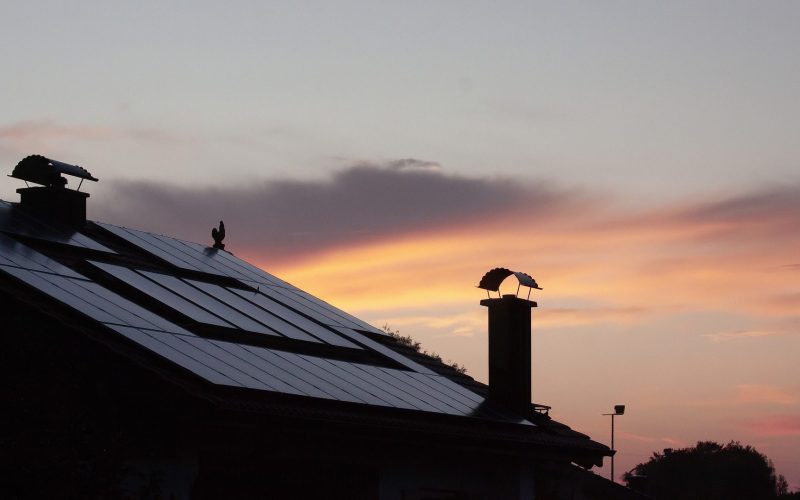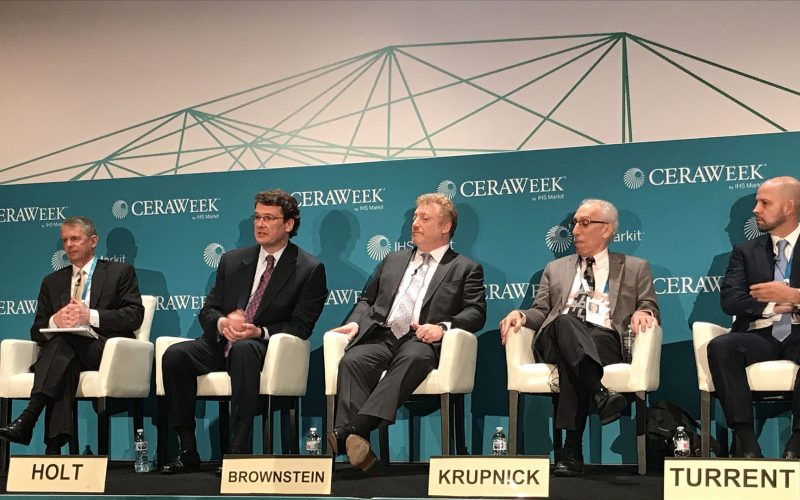THE VOICE FOR THE ENERGY CONSUMER

CEA’s Link Browder discusses how pipelines and other energy infrastructure help to keep energy prices affordable for Louisiana families. And while social service programs that aid low-income families help foot.

Brydon Ross discusses how legislation updating Kentucky’s energy policies has changed during the legislative process to further safeguard Kentuckians who have invested in solar energy while ensuring solar can continue.

CEA’s Kevin Doyle discusses the benefits of offshore energy exploration for families across the Peach State. Fortunately, through a combination of improved tools, management and regulation, the energy sector’s embrace.

Houston, TX — Consumer Energy Alliance (CEA), a national advocate for energy consumers and low income households, today released a statement by CEA President David Holt on the ruling by.

It’s been over a decade since Kentucky’s policymakers have revisited energy policy to assess the state of renewable energy and how to best encourage sustainable, long-term growth. This helps our.

Consumer and Business Groups to DOI: More Access to Energy Helps Louisiana Families and Businesses, Powers Economy Consumer Energy Alliance and Louisiana Groups Urge Support for Federal Government’s Proposed Offshore.

Consumer Energy Alliance’s Brent Greenfield participated in a press conference in support of affordable energy and economic growth through offshore energy exploration. Lifted up by human innovation and technological advances,.

CEA President David Holt participated in a CERAWeek panel focused on challenges to expanding energy infrastructure with representatives from energy managers, environmental and conservation groups. “While solar and wind are.

CEA’s David Holt recently spoke with The Hill on the importance of creating a dialogue around offshore energy exploration so elected officials and policymakers can make well-informed decisions to benefit.

With the federal government evaluating new areas for offshore energy exploration, CEA’s Link Browder discusses how elected officials from all parties need to be able to work together to help.